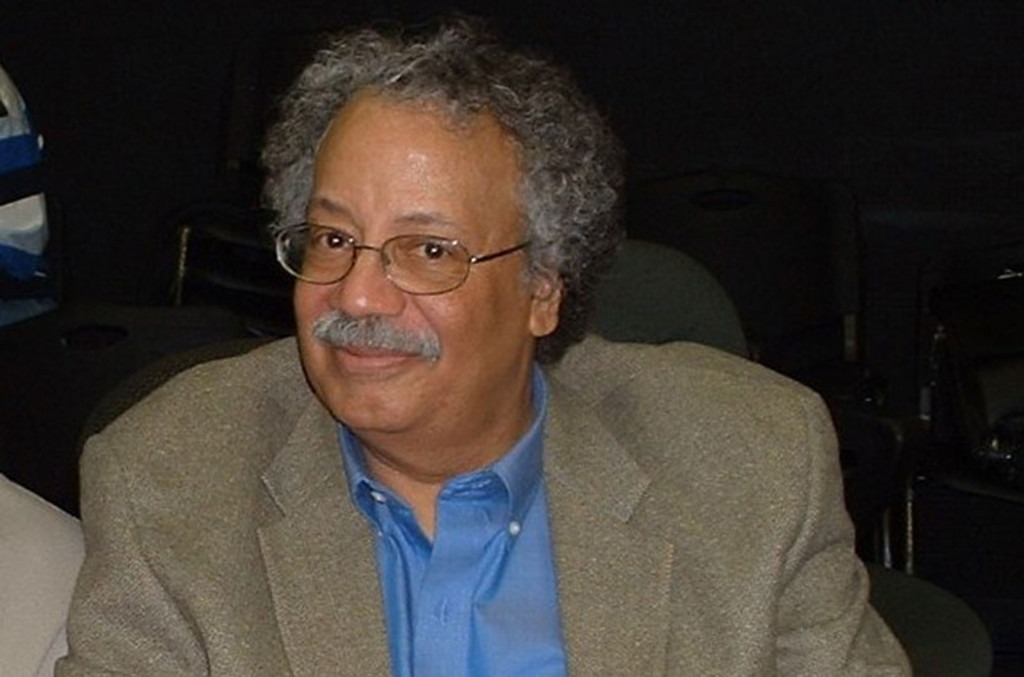With the loss of former Billboard reporter Robert “Rocky” Ford Jr. on May 19 at age 70, the hip-hop world mourns the first journalist to chronicle the genre’s existence for a mainstream publication. From his oft-cited “B-Beats Bombarding Bronx” article in a 1978 issue of Billboard to his writing/production work with pioneering rap star Kurtis Blow, Ford’s contributions to the genre are justly celebrated. While he’s best remembered for his rap reporting, one is more likely to come across a Ford byline about disco music while browsing old issues of Billboard – hardly surprising, since the genre’s international hub was his native New York City and its chart presence far outpaced hip-hop’s in the late ’70s. But whether giving a window into the beat-based genre percolating at block parties in the Bronx or the Saturday Night Fever sweeping the country, the Harlem-born reporter’s articles show a prescient fixation on the role of the DJ/producer in the realm of popular music.
Ford provided coverage from the fifth Disco Forum conference in New York City for the May 25, 1979 dated Billboard, which found the genre enjoying so much ubiquity that the issue quotes Manhattan Borough President Andrew Stein as declaring Feb. 27-March 1, 1979 to be “Billboard Disco Week” in his borough. In a Ford-written article titled “Panel Traces Evolution of Pop-Disco Music,” French singer Alec R. Costandinos (whose 1977 LP Romeo & Juliet came out on the iconic Casablanca label) is quoted as advising aspiring producers to avoid repetitive rhythms: “More than 30 seconds of identical music gets to be boring.”
While that might strike some as no-brainer advice, it’s tellingly in direct opposition to what Ford was hearing from another genre pioneer. In Ford’s aforementioned “B-Beats Bombarding Bronx” article, which ran in the July 1, 1978 issue of Billboard, the incalculably influential hip-hop producer DJ Kool Herc (then in his twenties, just like Ford) saw things much differently. “On most records, people have to wait through a lot of strings and singing to get to the good part of the record,” Ford quotes Herc as saying. “But I give it to them all up front.” Herc’s DJ sets, which helped lay the groundwork for a genre that would eventually dominate American radio, favored repeating the short rhythm breaks on 45s instead of playing the single as its creators intended.
In that article, Ford reported on how Herc and similar DJs were ordering “oldie R&B disks” from New York’s “leading disco product retailer” Downstairs Records in such numbers that the powers that be took note. “The requests,” writes Ford, “for the most part come from young black disco DJs from the Bronx who are buying the records just to play the 30 records or so of rhythm breaks that each disk contains. The demand for these records, which the kids call B-beats, has gotten so great that Downstairs has had to hire a young Bronxite, Elroy Meighan, to handle it.” (Less than a decade later, Street Beat Records would start an ongoing series of compilations called Ultimate Breaks & Beats specifically targeting rap DJs/producers looking for a go-to library of B-beats.)
The reporting of Ford provides further insight into the restless need for excitement that spurred innovation and evolution in early hip-hop. While his July 1978 article focused on the role of DJs, by the May 5, 1979 issue, he was bringing equal attention to the growing presence of MCs on the scene. In an article entitled “Jive Talking N.Y. DJs Rapping Away In Black Discos,” he likened nascent rappers to “early R&B radio jocks such as Jocko and Dr. Jive” who were known for their rhyming adlibs while spinning R&B records on NYC stations in the ’50s.
“Young DJs like Eddie Cheeba, DJ Hollywood, DJ Starski and Kurtis Blow are attracting followings with their slick raps,” Ford wrote by mid 1979. “In black discos… a jivey rap commands as much attention these days at the hottest new disk.” The reason? Much like Herc citing a young audience’s boredom with business as usual, Ford provides an illustrative quote from Cheeba: “These people go to discos every week and they need more than music to motivate them. I not only play records, but I rap to them and they answer me.”
That piece, incidentally, includes a passing mention of Kurtis Blow as “the most popular rapping DJ in Queens”; within the year, Ford would leave Billboard to work with Blow on his debut single, “Christmas Rappin’,” turning from music reporter to music writer and producer. And it’s not too hard to imagine that the idea of music-making was bouncing around in his brain when he wrote the piece “Can Club Jocks Become Records Producers” in the May 25, 1979 issue of Billboard. Reporting from the previously mentioned Disco Forum V in Manhattan, Ford notes “the answer from the panelists was a definite yes.” Ford seemed to have taken that message to heart a scant half-year later, subbing in “music journalists” for “club jocks.” (He certainly wasn’t the first to give up a Billboard gig to focus on a music-making career, as former Billboard employee Jimmy Buffett recently reminded us.)
Even if he traded in his time inside the Billboard office for a future on its charts (the hip-hop holiday perennial eventually peaked at No. 53 on the R&B/Hip-Hop Airplay chart in 1995 and at No. 35 on Hot Rap Songs in 1999), Ford’s reporting at Billboard in the late ’70s provides an important glimpse into an era where the role of the DJ or producer as an artistic force was still a fresh concept. And between the disco bumping out of Manhattan clubs to the hip-hop being forged in Bronx backyards, Ford’s coverage of diverging opinions on what audiences wanted to hear provides a crucial bit of history.

